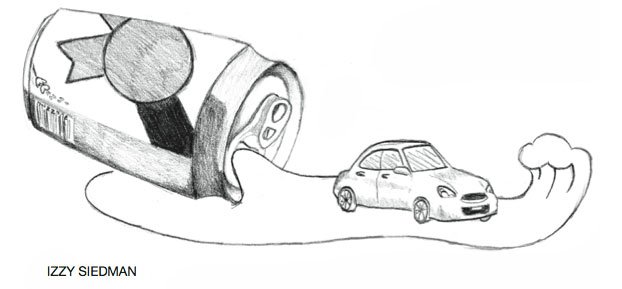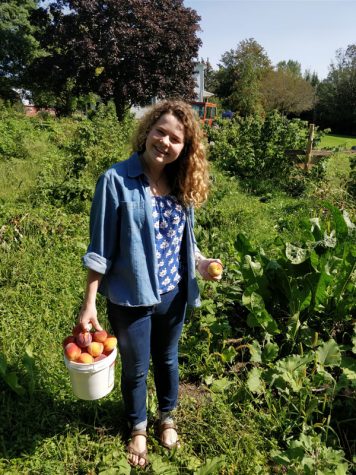You can prevent DUIs to save lives
September 20, 2017
One week ago, a member of our staff was at a small party on campus, drinking with eight of her friends in a residential hall. As the night went on, the group got rowdier.
At 11 p.m. one of the party attendees, a sophomore with a car on campus, suggested the group drive downtown to look at Lake Champlain.
The majority of the group was interested in heading downtown, but the member of our staff felt uncomfortable getting in the car.
The sophomore who offered to drive had come to the party late, already tipsy. She was drinking beer and vodka when she volunteered to drive downtown.
The member of our staff, fed up after years of watching members of her family drink and drive, stepped forward to say she wouldn’t join because the driver was risking her life, the lives of her friends and countless other drivers in Burlington.
After she refused to get in the car, another woman stepped forward to say she wouldn’t join the group either.
The driver, angry, repeated over and over that she was capable of driving.
“I’m fine,” she said. “I’m fine.”
One by one, members of the party decided not to get in the car. Eventually, the group decided to take an Uber instead.
In April 2016, UVM soccer player Joseph Castano injured himself and killed his childhood friend while driving drunk.
This week, after a UVM professor was charged with a DUI while a 3-year-old and a 6-year old in the car Aug. 31, we are reminded of the consequences of drinking and driving.
We are reminded of the prevalence of driving while intoxicated within the UVM community.
In 2015, 10,265 people died in alcohol-related car accidents, according to the National Highway Traffic Safety Administration.
The biggest group at risk of dying in one of those accidents?
College students.
Your friend leaving bars downtown after a couple of drinks on a Tuesday? They’re in the age group most likely to be involved in a fatal alcohol-related car crash.
Of the drivers with BAC levels of 0.08 percent or higher, about 28 percent were between the ages of 21 and 24, according to the Center for Disease Control.
No matter how much programming UVM runs to educate students on the danger of drunk driving, no matter how many anti-drug initiatives local and federal government implement, the safety of our community ultimately depends on the ability of the individual.
You must stand up when someone intoxicated tries to get behind the wheel.
It’s that moment, when you’re faced with that “five minute drive home” that you have to choose whether or not you want to put not only your life but other lives in danger.
It’s that moment when you notice a guy at a College Street party walk out, keys in hand, after crushing a few PBRs that you need to intervene.
Even if you feel uncomfortable, step forward. You have the potential to prevent tragedy.








